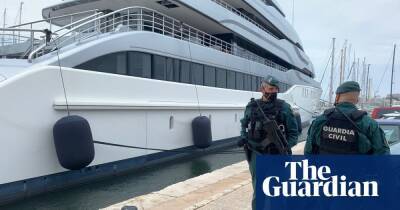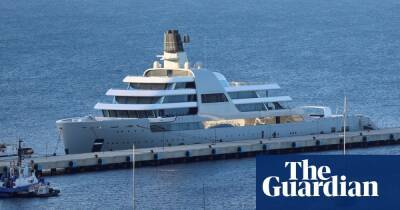P&O was a bastion of British pride. How quaint that seems now
A German torpedo struck the P&O liner Persia at lunchtime on 30 December 1915, when the ship was about 40 miles south-east of Crete and making all speed towards India via the Suez canal. In the dining saloon John Douglas-Scott-Montagu, the second Lord Montagu of Beaulieu, had just finished his soup. One of the ship’s boilers blew up, the sea flooded in, and the Persia sank so quickly that it dragged lifeboats down with it and left hardly any wreckage for those in the sea to grasp; out of the 519 people onboard, only 176 survived.
Lord Montagu was among them. He managed to swim to an upturned boat and clung to it, together with a few other Europeans and several Indian seamen, known as lascars. Over the next 32 hours three vessels passed without stopping because they feared the U-boat had set a trap. One by one, Montagu’s companions died until of the original 33 there were only 11 left. He had lots to think about – where, for example, was the secretary-cum-mistress who had been sailing with him? (As it turned out, she was dead.) But Montagu’s thoughts turned to a different horror. What worried him, he wrote later, was “how best an Englishman might die when there were lascars to watch his end”.
Like many people whose friends and relations had been at sea – a common experience in the 1950s, when Britain still possessed the world’s largest merchant fleet – I knew the word lascar from quite an early age. My father had sailed for a year or so as a junior engineer with the British India line and he liked to remember the Indian crew, their goats tethered on deck for later slaughter, and the language that they and their British superiors used to make each other understandable. Lascari-bat was rudimentary Hindustani. He would recall
Read more on theguardian.com

















![Bitcoin [BTC] traders, watch this market now that $45K has been flipped](https://finance-news.co/storage/thumbs_400/img/2022/4/3/20297_c42.jpg)
